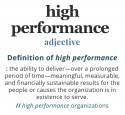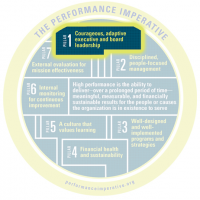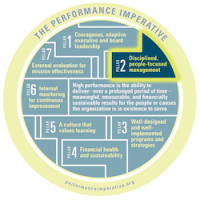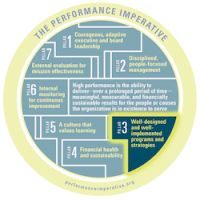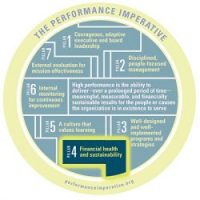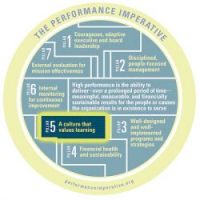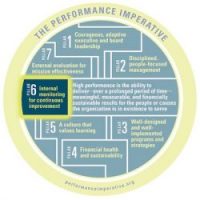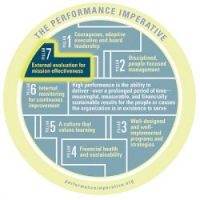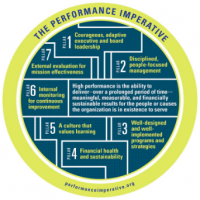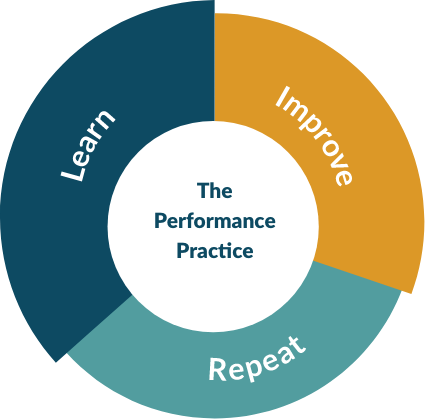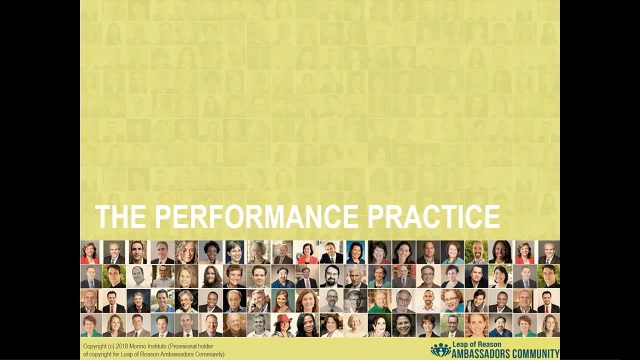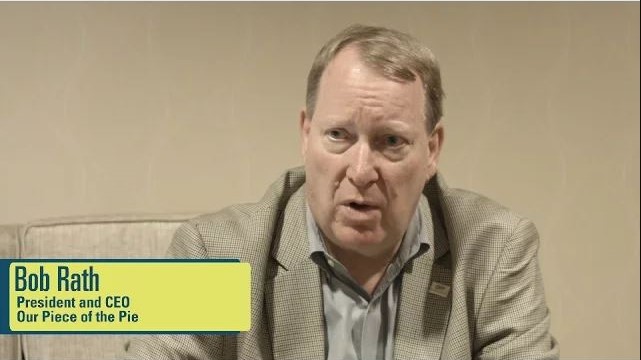Principle 3.3: Leaders and managers select or design their programs and strategies based on a sound analysis of the issues and evidence-informed assumptions about how the organization’s activities can lead to the desired change (often referred to as a “theory of change”).
3.3.1: My organization has assembled and regularly reviews the best available evidence as part of selecting, designing, and developing its key programs and strategies. (For service organizations, the continuum of evidence usually consists of the following, from weakest to strongest: 1) ideas put forward by credible practitioners; 2) ideas acknowledged and validated over time by practitioners in the field; 3) field-wide reviews of programs for which evidence of effectiveness exists; 4) knowledge that has been developed by researchers studying similar target populations; 5) applying data science techniques that can rigorously evaluate outcomes using longitudinal program data; 6) borrowing core elements from similar programs that have benefited from rigorous impact evaluations; and 7) research on the organization’s program(s) validated through rigorous impact evaluations.)
3.3.2: My organization has a theory of change that includes a target population/audience and a detailed service/program model with aligned outputs, outcomes, and measurable indicators.
3.3.3: My organization’s theory of change is:
- plausible (makes sense to the informed reviewer)
- doable (can be executed with available resources)
- measurable (key elements can be monitored using qualitative and quantitative data)
- testable (program model or advocacy strategies are codified in ways that allow for internal monitoring and external evaluation)
- socially significant (success would have high value for our target population or cause).
3.3.4: My organization is committed to maintaining fidelity to our theory of change. We have instilled it in our culture and manifest it in the way we implement our programs; conduct our daily operations; and assess the quality and effectiveness of our programs.
